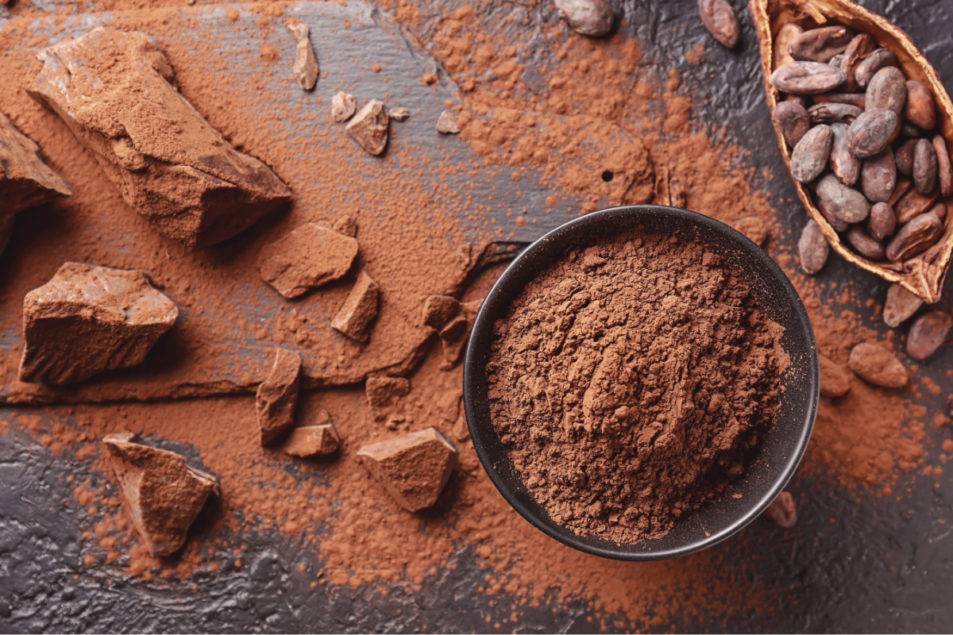The chocolate industry has faced challenges due to a global cocoa shortage, resulting in high costs and limited innovation in the past year. Bakers are now turning to ingredient technologies to extend the use of chocolate in recipes, reduce costs, and ensure a stable supply.
Mark Webster, Vice President of Sales and Business Development at T. Hasegawa USA, highlighted the instability of ingredient costs, particularly raw cocoa powder, as a major challenge in the baking category. The global supply chain has been impacted by a chocolate crisis, with the cost of raw cocoa powder reaching historic highs due to severe droughts in West Africa, the primary cocoa-producing region.
The International Cocoa Organization (ICCO) forecasted a significant deficit in cocoa production compared to demand, driven by adverse weather conditions, aging trees, pests, disease, and other factors in West Africa. This has led to a shortage of cocoa globally, prompting the flavor industry to help baking brands adapt to the changing landscape and ensure stability in manufacturing costs.
To address the challenges posed by the cocoa shortage, ingredient suppliers have introduced various technologies to reduce reliance on cocoa and chocolate. T. Hasegawa, for example, developed a cocoa powder replacer that amplifies the natural flavor profile of cocoa with minimal raw cocoa powder needed, enabling manufacturers to reduce costs while maintaining product quality.
Wixon offers a natural flavor modification technology that enhances brown and roasted notes, allowing bakers to reduce the amount of cocoa powder or chocolate ingredients in their recipes. Malt Products launched MaltRite Cocoa, which can replace cocoa powder up to 50% in bakery formulations while improving moisture retention, texture, and shelf life.
Companies like Virginia Dare provide cocoa extracts and chocolate flavorings that create rich, indulgent flavors without the need for large quantities of cocoa powder. These flavoring technologies enable bakers to reduce cocoa usage while maintaining taste quality, catering to evolving consumer preferences for unique chocolate flavor experiences.
Looking ahead, the future of chocolate ingredients in baked goods is expected to feature more complex flavor combinations, such as the fusion of cocoa with spices like chili to create unique offerings. Consumers are increasingly seeking novel flavor experiences, driving innovation in the baking industry to meet market demand for unique chocolate flavor experiences.
Kokumi ingredients, which provide richness and body to foods, are poised to play a role in this flavor evolution by enhancing the sensory profile of chocolate products. These ingredients help deliver depth, complexity, and roundedness to chocolate products, offering a premium eating experience while reducing the amount of cocoa used.
In addition to ingredient technologies, bakers and snack producers can achieve cost savings by using compounds and coatings that resemble chocolate but are made with alternative fat sources. Cargill offers a wide selection of chocolate-flavored compound coatings and drops that provide rich, chocolatey flavors without the need for real chocolate, catering to a broad range of performance requirements and application needs.
Overall, the varied ingredient solutions from suppliers offer bakers the opportunity to delight consumers while managing costs in the face of a global cocoa shortage. By embracing innovative ingredient technologies and alternative chocolate products, bakers can continue to create indulgent and flavorful baked goods that meet the evolving demands of consumers.




